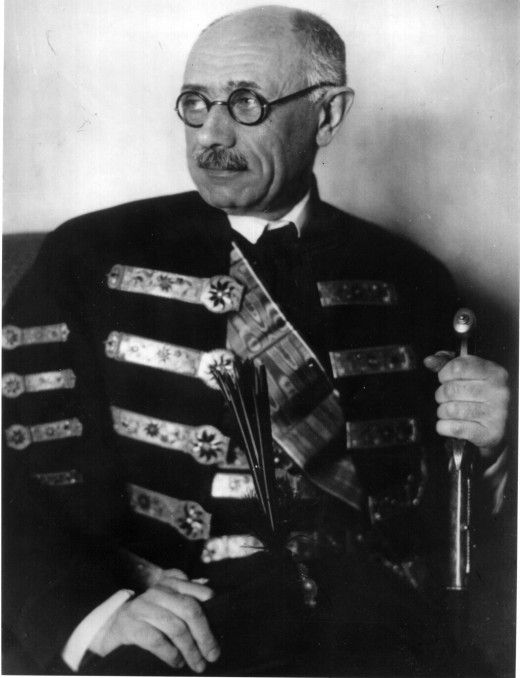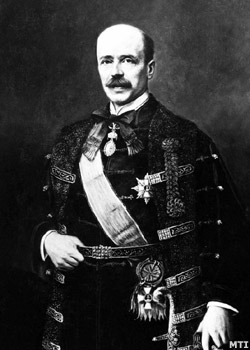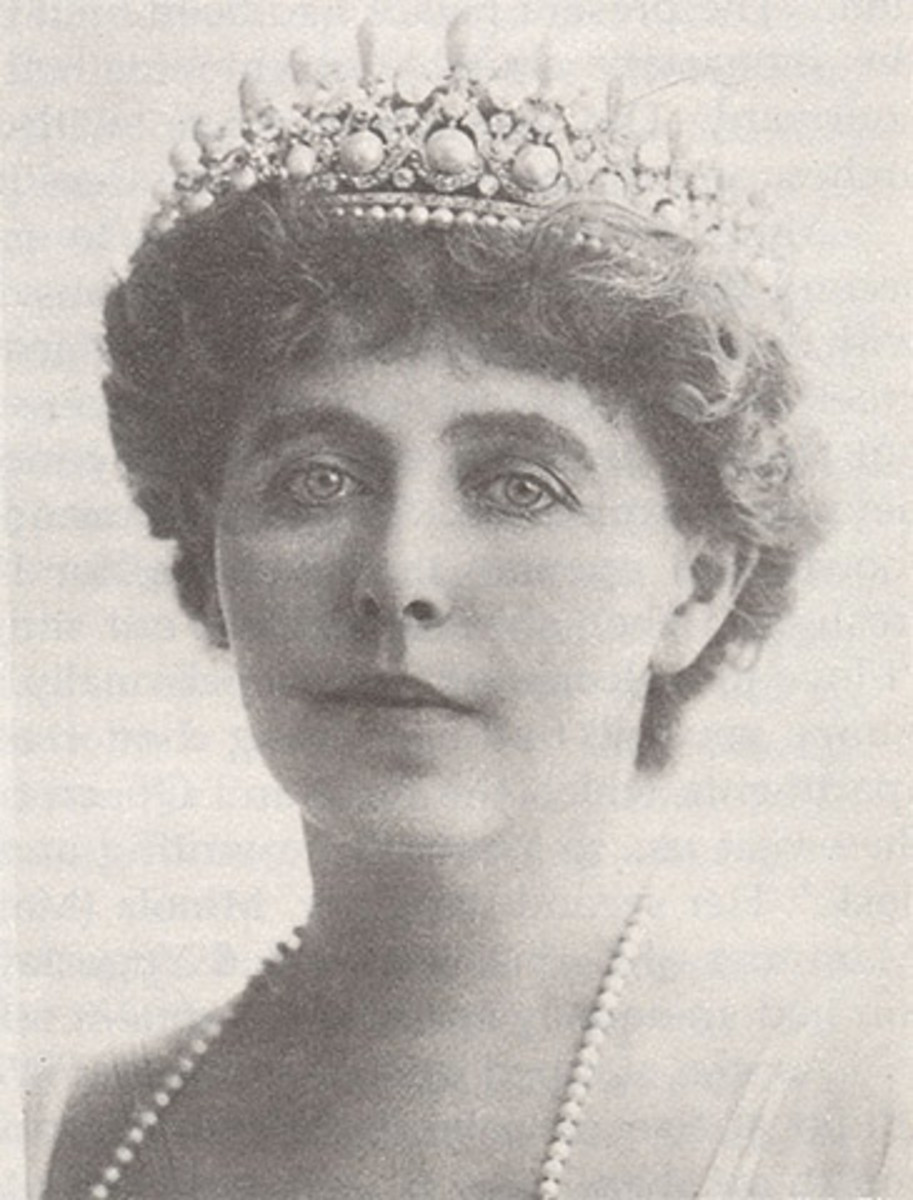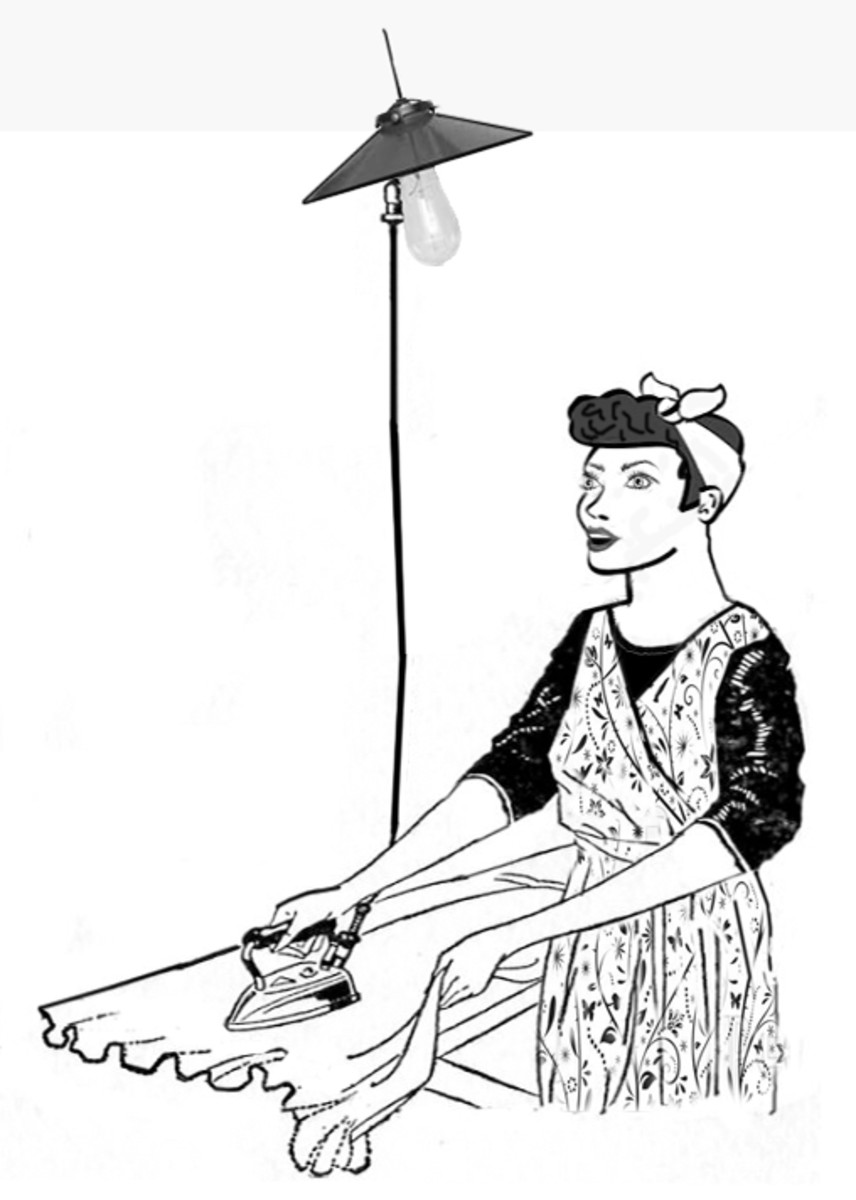Hungarian and Bulgarian Interwar Revisionism: Part 10

Initial Attempts to Peacfully Revise Trianon
The importance of the nobility in Hungary’s interwar period cannot be understressed. They represented a continuity since the Middle Ages as the embodiment of the Hungarian nation. The fact that Miklós Horthy managed to stay in power from 1920 to 1944 without any serious threats to his position can be put down to his appeal along a wide political spectrum, but always with his main support coming from the conservative aristocracy, who saw themselves as the true holders of the flame of national consciousness. With the communists virtually all killed, imprisoned or deported during the White Terror, the spectrum ranged from conservative aristocrats to radical right wing extremists along the Nazi party model, calling for a wholesale change in society.
Two aristocrats were responsible for beginning the revisionist policies of interwar Hungary. The revisionist line, whose aim was the re-establishment of the pre-war borders was lead by the geographer Pál Teleki. Count István Bethlen, who succeeded him from 1921 to 1931, shared his views but adapted his policy in accordance to the times. Post-Trianon Hungary in the early 1920s did not have too much room for sabre rattling, given the weakness of its army and the economic disarray caused by losing vitally important regions of the country and the mass movement of peoples fleeing the successor states and putting even more of a strain on Hungary’s shaky economy.
Even though most Hungarians refused to let go of the idea of recreating the Kingdom of St Stephen, many in the governments under Horthy got on with things and tried to improve and progress in political and economic values, whilst still spouting official indignation over the partitioning of historic Hungarian lands. Landowners and the aristocracy played a big role in conservative interwar Hungarian politics. They were undeniably right-wing, but most steered clear of outright fascism. This is comparable to the interwar political situation in Poland as well.

The Bethlen government, as well as the whole Horthy régime, found it impossible to forgive Masaryk and Beneš in Prague for their huge parts in bringing Trianon about. This caused many Hungarian foreign intrigues worthy of spy novels in trying to destabilize Czechoslovakia by agitating amongst the many Slovaks and Ruthenians who were disillusioned by what basically amounted to Czech rule, and who still sympathized and were nostalgic for the old Hungarian kingdom, when at least they knew where they stood. Bethlen had also managed to diffuse the problem concerning the Burgenland region (Őrvidék in Hungarian) bordering Austria.
A plebiscite in and around Sopron turned out in Hungary’s favour, earning this city the title of a leghűsegesebb város (the most loyal city).
A big factor in stabilizing the Hungarian economy was Bethlen’s 1927 introduction of the pengő to replace the korona as the currency unit, to curb inflation. This however did not keep Hungary being described as a nation of ‘a thousand lords and 3 million beggars’ by many critics. The value of the korona – or crown – was very shaky since the end of the First World War.
It is also interesting to note that Bethlen tried to normalise relations between Hungary and the Soviet Union as well. This happened at the Genoa Conference in 1922, the same conference that produced the secret agreement of cooperation of Rapallo between Germany and the Soviet Union. Despite Bethlen’s attempts to regain Hungarian prestige as a rational and thoroughly European country in the West, repeated frustrations in any hope of changing the Trianon borders via the League of Nations or new plebiscites made many Hungarians lose hope in the rest of Europe. Even supposed agreements of cooperation with Italy failed to live up to Hungarian expectations, such as substantial military aid for Hungary, and the failure to organize the so-called Tripartite pact that would have allowed Italy, Greece, and Bulgaria to encircle and isolate Yugoslavia. After Bethlen’s second visit with Mussolini in 1929, he lost faith in any non-aggressive border revisions.
Despite attempts to draw closer to Italy, Hungary’s Horthyite régime was quite far removed from Mussolini’s and it’s radicalism. Horthy’s Hungary was overwhelmingly run my conservative aristocrats, who were not at all well disposed toward National Socialism as an ideology.
Thus it was a lack of any allies or supporters that Hungary felt pulled towards any other state that had revisionism as it’s goal, even if their ideologies did not match up quite well in other spheres. A nation, as a person, which feels isolated always draws closer to any other nation (or person) which most closely resembles its (his/her) own point of view, and in order to get some sort of support in a friendless world.









